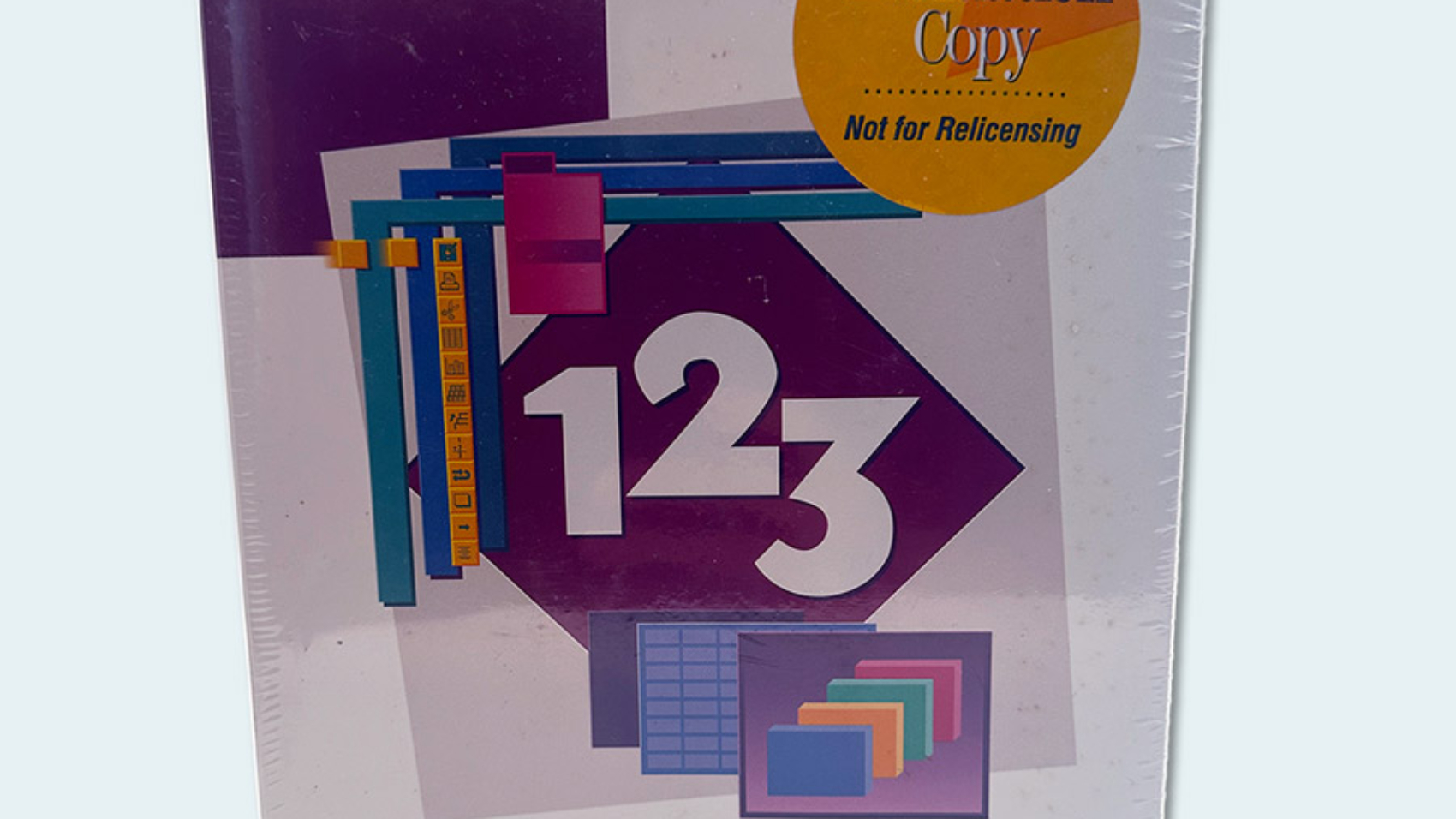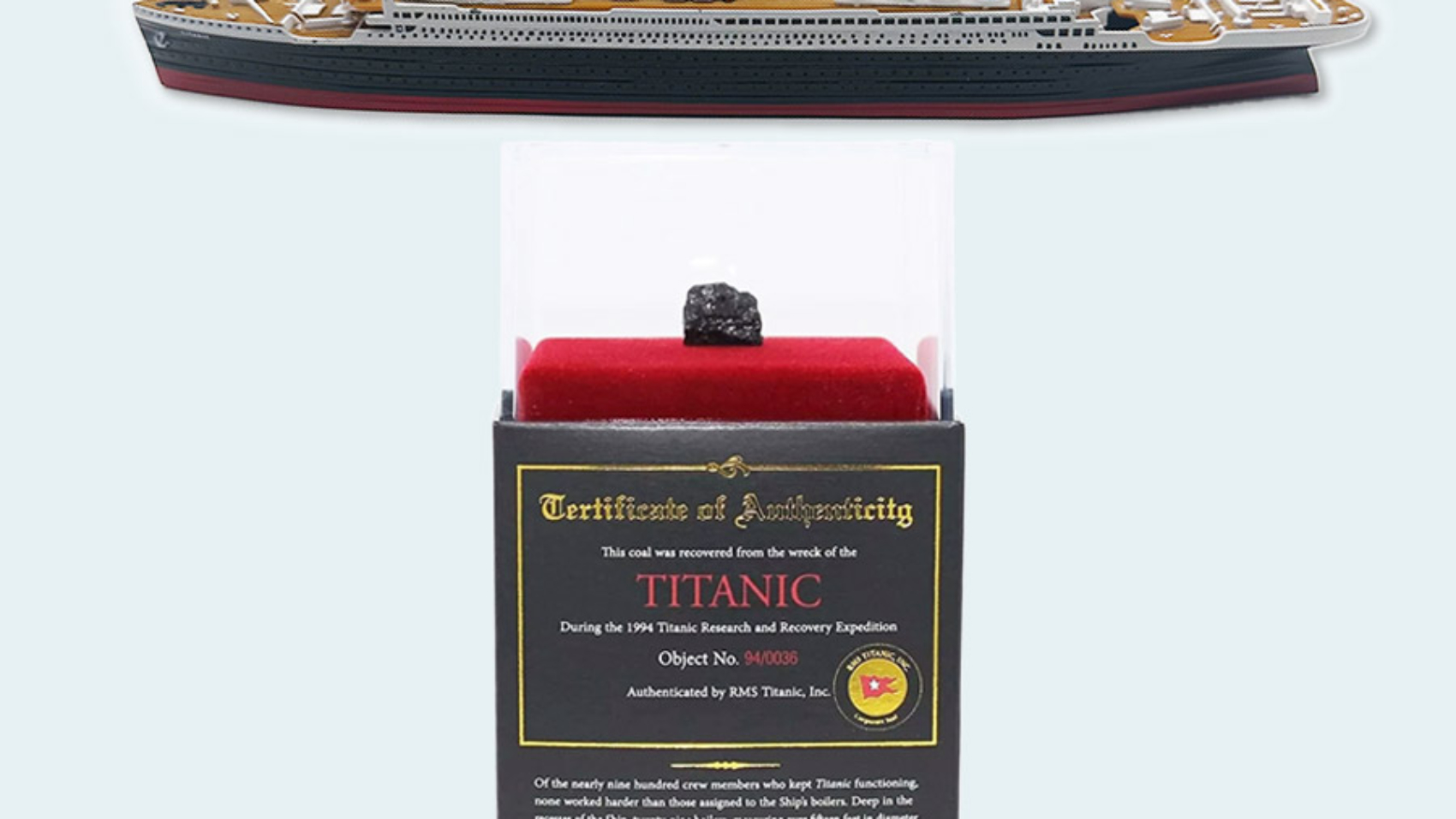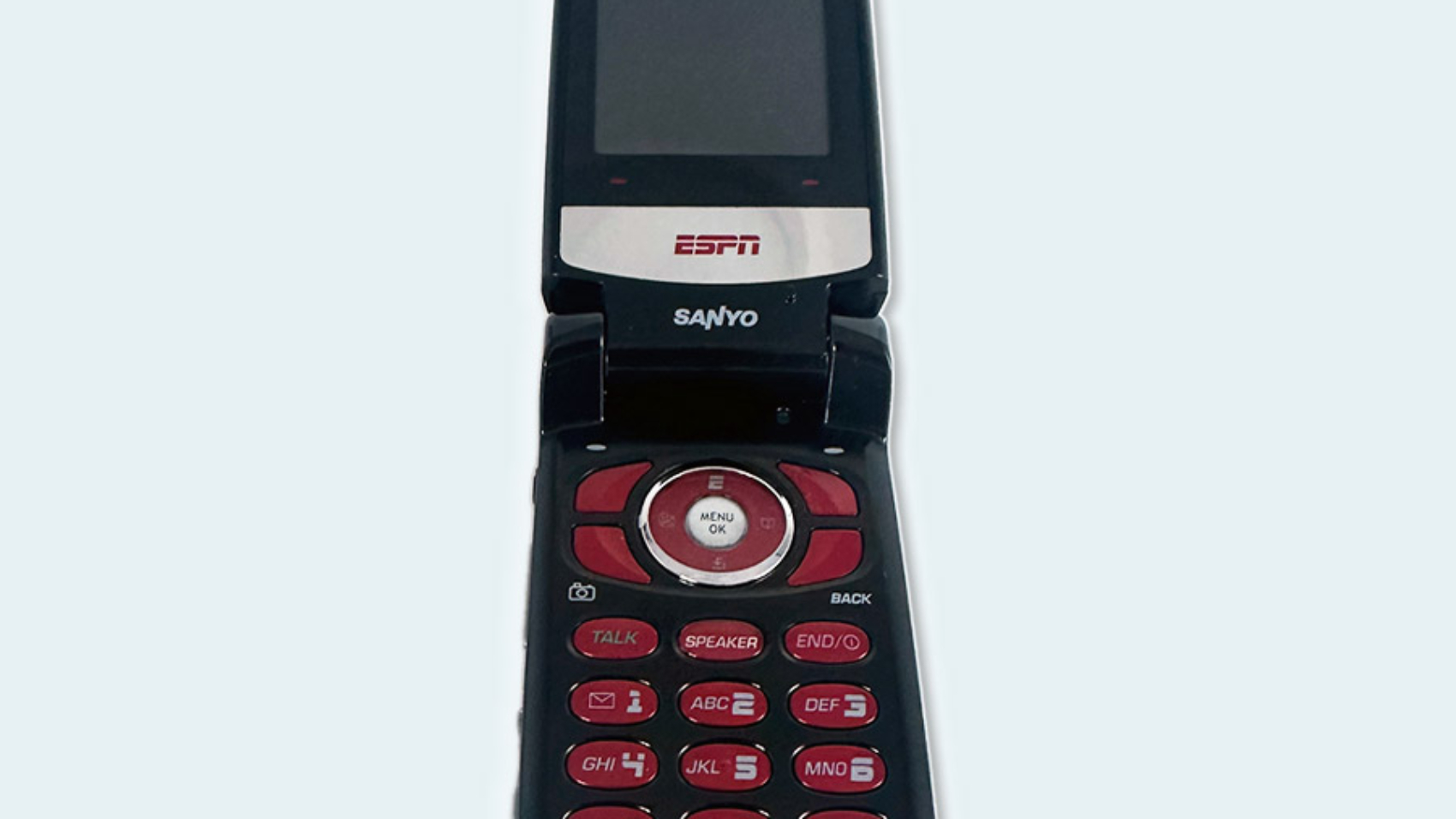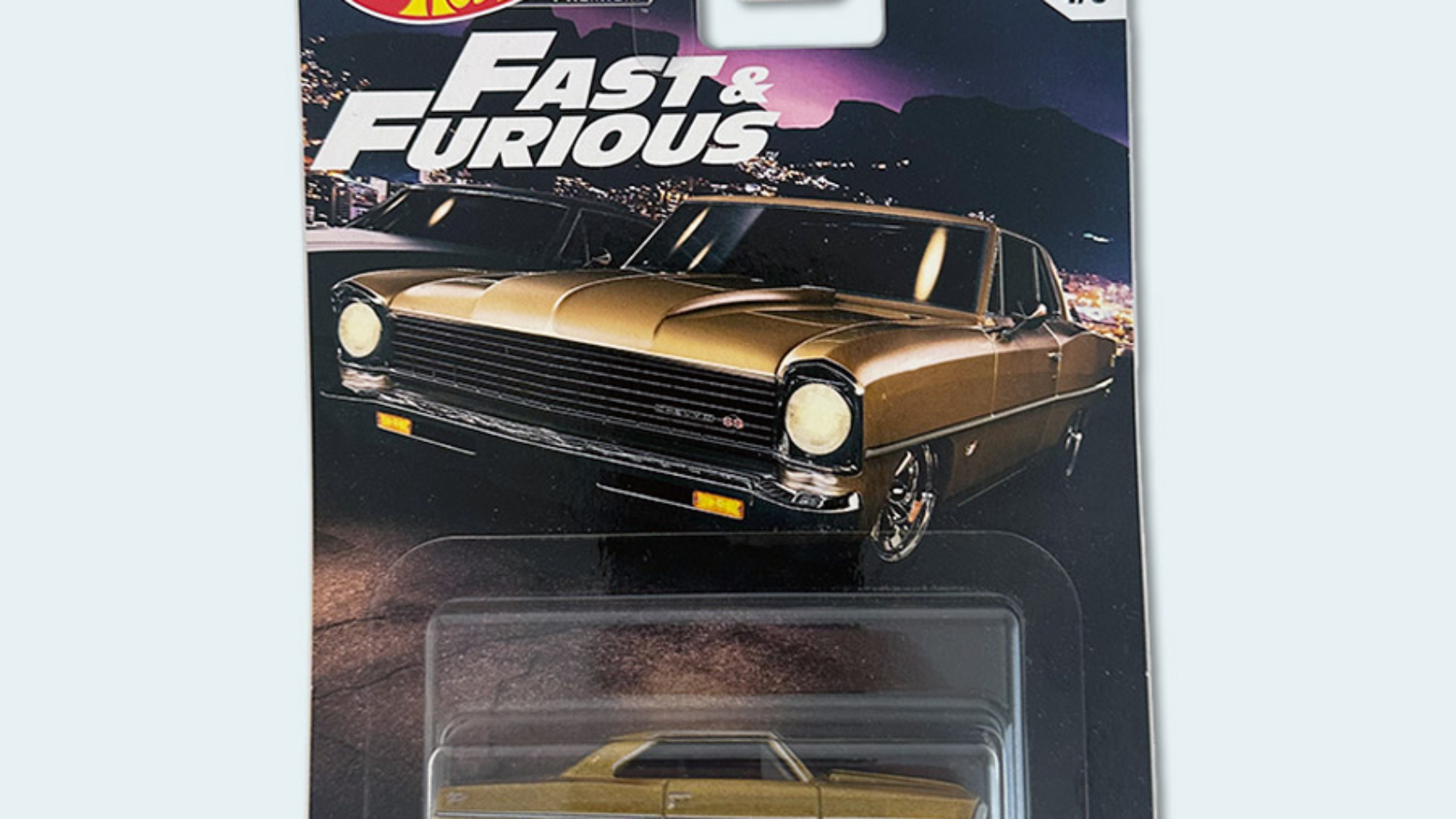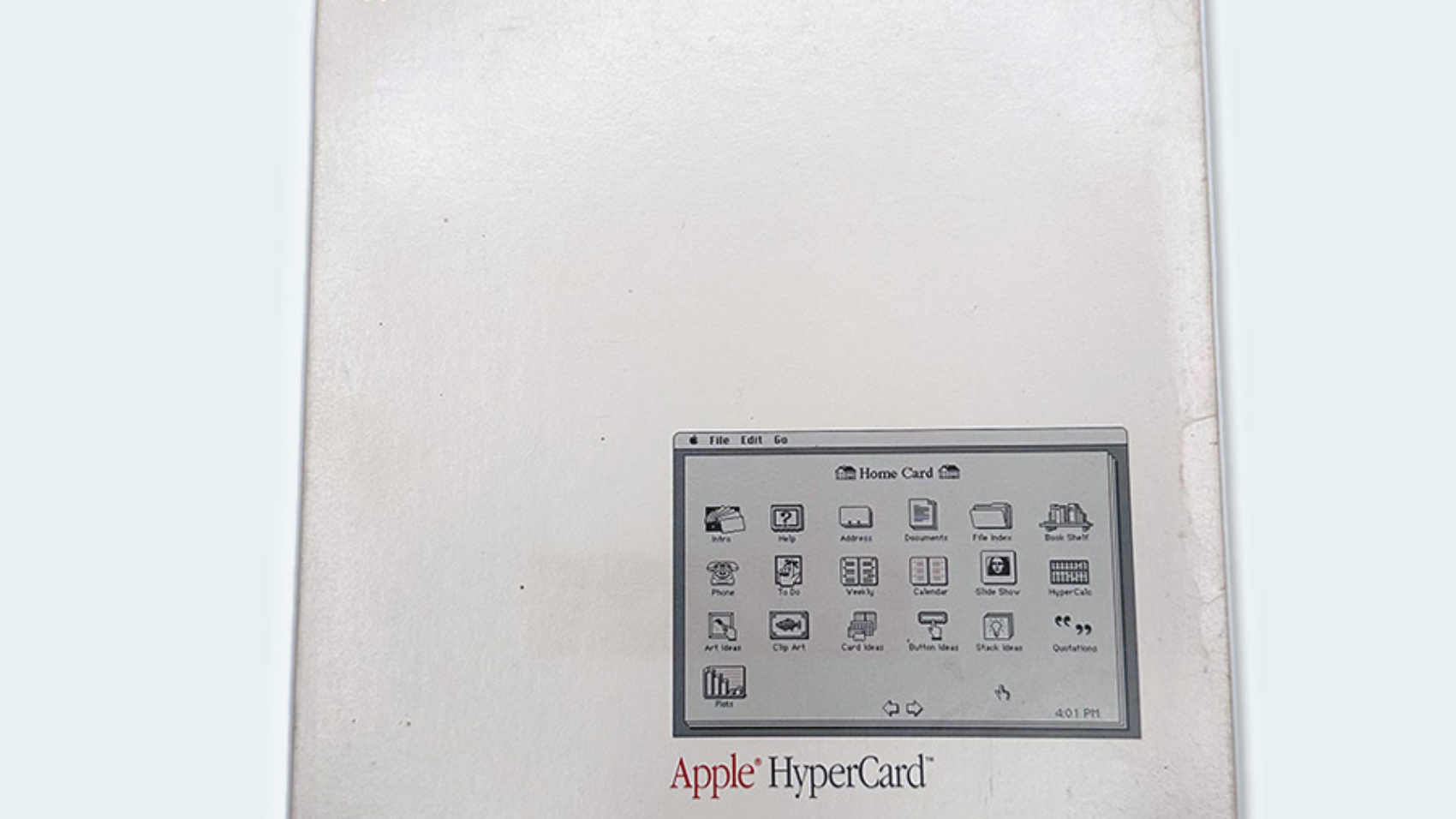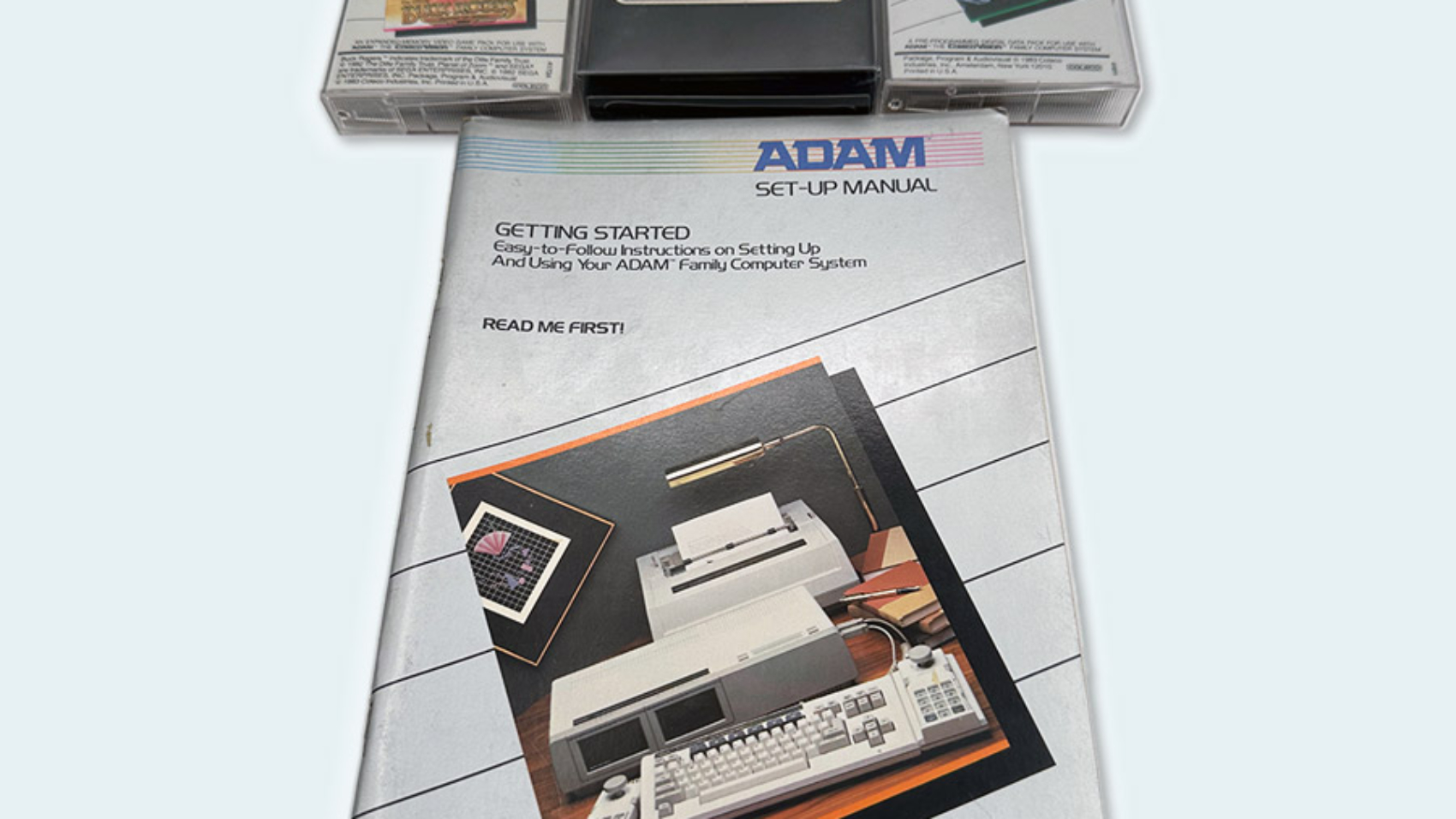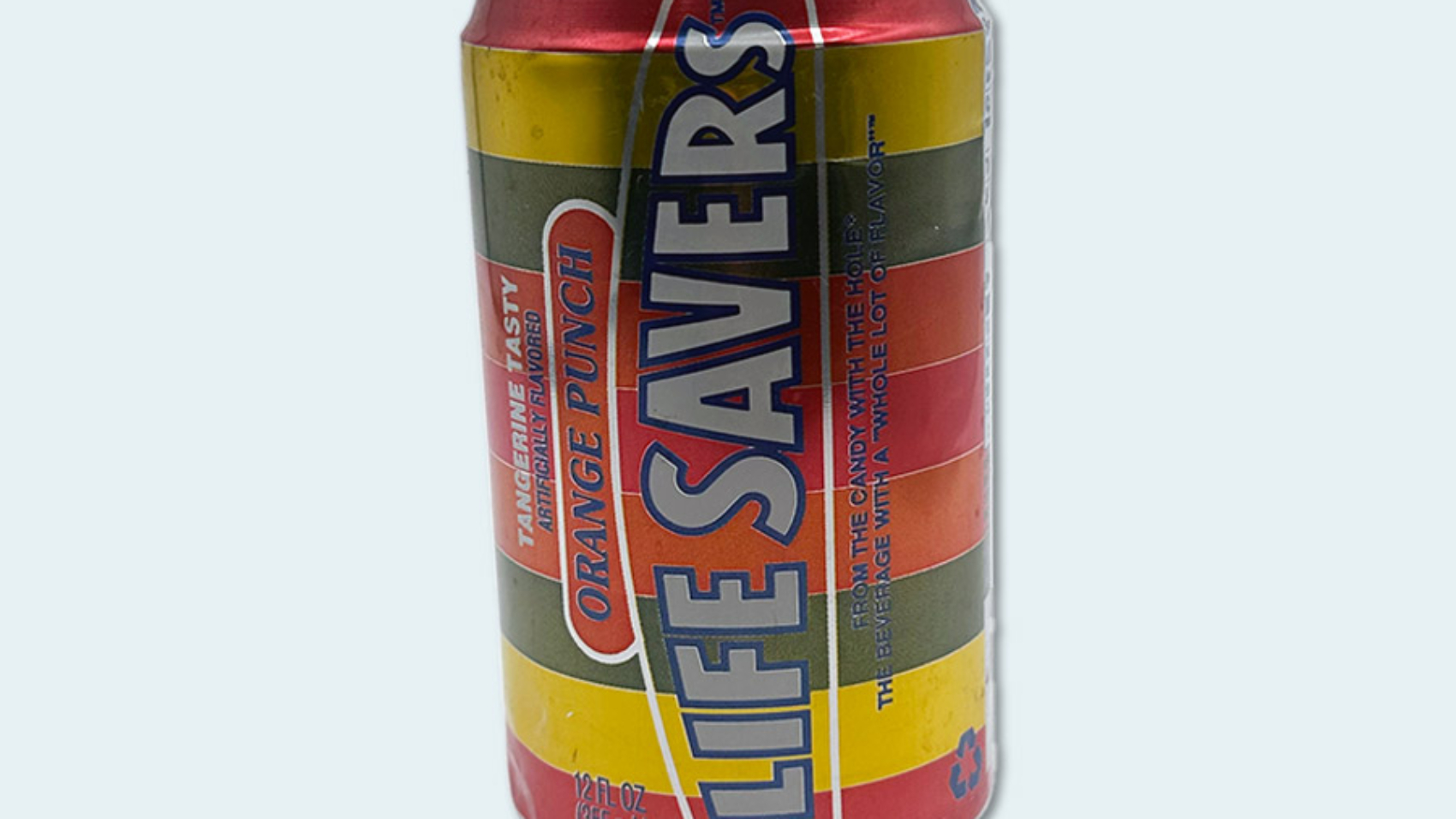Lotus 1-2-3 was the state-of-the-art spreadsheet and the standard throughout the 1980s and into the early 1990s, part of an unofficial set of three stand-alone office automation products that included dBase and WordPerfect, to build a complete business platform.
During the early 1990s, Windows grew in popularity, and along with it, Excel, which gradually displaced Lotus from its leading position as Lotus had suffered technical setbacks in this period. A planned total revamp of 1-2-3 for Windows fell apart, and all that the company could manage was a Windows adaptation of their existing spreadsheet with no changes except using a graphical interface. Additionally, several versions of 1-2-3 had different features and slightly different interfaces.


